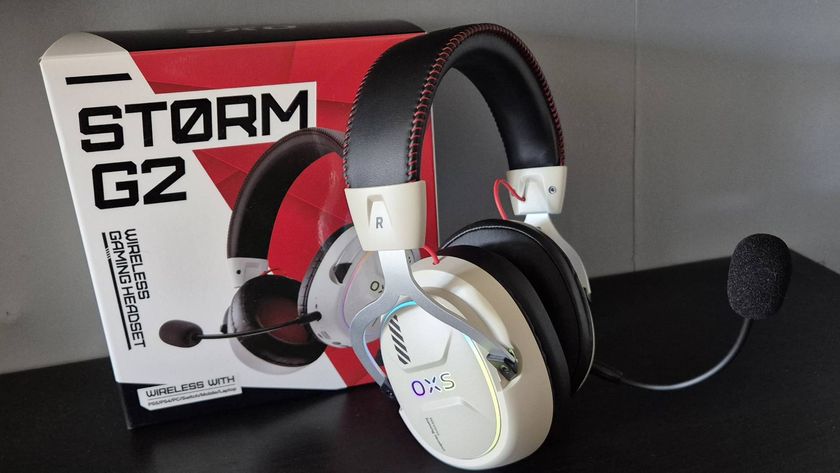12DOVE Verdict
It’s demanding to get started and often very random, but Warcy: Red Harvest is slick, exciting, and looks superb.
Pros
- +
Super streamlined for a miniatures game
- +
Great balance of excitement, creative strategy, and narrative
- +
Looks superb on the tabletop
Cons
- -
Fiddly and time-consuming to construct
- -
A ‘lifestyle’ title that can demand a lot of gaming time
Why you can trust 12DOVE
If Age of Sigmar is Games Workshop’s flagship fantasy game of epic battles, Warcry: Red Harvest is its little brother. It's a much faster, simpler game with only a dozen or so plastic miniatures per side; instead of massed armies colliding, it depicts a skirmish between two smaller forces with more emphasis on flexibility, narrative and individual heroics. It's also a contender for any list of the best board games because it's entirely self-contained - if you want to leave it there, anyway.
While there are rules to represent all the Age of Sigmar factions in Warcry (and Warcry: Red Harvest by extension), the core of the line is a focus on small chaos warbands - the spiky, mutated berserkers of the Sigmar universe - duking it out. Think Mad Max, but with swords and horses.
What is it, and how does it work?

Warcry: Red Harvest is a small-scale skirmish wargame with randomised objectives.
- Price: $210 / £130
- Players: 2
- Ages: 12+
- Difficulty: Moderate
- Lasts: 60+ mins
- Play if you enjoy: Warhammer: Age of Sigmar, Godtear, The Elder Scrolls: Call to Arms
Red Harvest is the latest release in the Warcry line: you don’t need it to play the game, but everything you require from a board game for 2 players to go head to head is contained within this box.
It moves the action into the Varanite Delves, mines where cultists seek out the lethal elemental essence of chaos. However, you don’t need to care about the fluff to appreciate that it’s just an excuse to include some massive mining machines to tower over your tabletop.
Before you can get into the game proper, though, you have to assemble these colossal constructs, along with assorted platforms, barricades, and troughs to use as scenery. Then there are the fighting figures of two warbands to build, one for each player. Everything comes in the form of a plastic kit which must be snipped, trimmed, and glued as per an instruction booklet that’s almost as thick as the rules. You’ll need specialist tools and a lot of patience before you can even start playing for this, so consider yourself warned.
Barbarians, but more emo
Once you’re ready, you’ll find the rules a breeze, especially given that many miniatures games are complex with all sorts of edge cases. Players roll to see who goes first, then take turns activating a single model with two actions (like moving and attacking). Want to advance on the foe? Movement is measured in inches, and players are encouraged to use their allowance to climb and jump without fiddly extra rules. Fancy getting stuck in, on the other hand? Attacking means comparing the stats of the attacking model with its target and rolling dice to see if it hits and wounds.
If you’ve played Age of Sigmar, this might sound familiar. But Warcry has two wrinkles that help it stand strong in comparison to its more famous sibling.
This system still rewards careful setup like Age of Sigmar, but makes everything faster and looser
First is the random way scenarios are constructed. Each clash starts with players drawing cards from several decks which determine what scenery is in play, where models start, what the objective is, and the superb twist deck which injects an element of madness into every game, from ash storms to nesting spiders. This system still rewards careful setup like Age of Sigmar, but makes everything faster and looser, demanding players think on their feet more rather than the slow-motion rock, paper, scissors that the bigger game can degenerate into. It also makes every game completely different, even if you’re fielding the same forces each time.
Second is the ability system. Each player has a pool of dice each turn that they roll to look for doubles, triples, and quads of the same number. These can be spent to activate special powers from a roster of generic ones and some specific to the warband they’re playing. The Darkoath Savagers, who are close to traditional fantasy barbarians but more emo, have a menu that boosts their movement and damage. The spider-worshipping Tarantulos Brood, meanwhile, have abilities that let them climb scenery and entangle their opponents.
Is it any good?
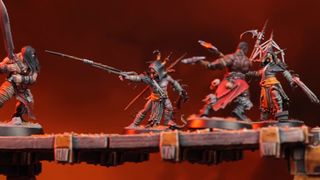
Warcry has the same central appeal as its better-known sibling: it looks superb on your table, it’s exciting to roll buckets of dice, and there are moments of legendary heroism. But Warcry is much more accessible to learn and play, while also being better balanced and more strategic. You don’t get the epic sense of huge heroes and monsters chewing on the scenery (or the rank and file), but its smaller tales are that much more intimate and relatable as a result. That makes it a great board game for adults who want something a little deeper than they'd normally try on game night.
Because models aren’t bunched into units, it also lets you use the scenery for a variety of creative strategies. Some of the scenery is multi-level, and you can plan to scale ladders and platforms to literally get the jump on your opponent.
Knowing what to use, and when, can help turn the battle in your favour
Warcry: Red Harvest makes the most of this aspect with its inclusion of crushing machinery and lethal ore, making some of the terrain very dangerous. It’s another dimension of risk versus reward decisions and more opportunities for great narrative twists.
Mix and match
Miniatures games like this can rise and fall on how you build your roster of fighters to bring to the game. At first glance, Warcry: Red Harvest falls short here; while it has a points system to let you mix and match, the included models only support limited configurations. In reality, the superb mix and match scenarios more than compensate. Not only do they provide the needed variety, but they mean the warbands are better balanced, with both players facing the same strategic challenges.
Still, while the game rewards a certain level of tactical nous, there’s no denying that dice rule the day. That’s fine if you want to roll with the excitement, modify your battle plans to deal with the unexpected, and enjoy the drama of an unfolding narrative. It’s less so if you want your skills and carefully considered strategies to be rewarded. It’s very hard to please both camps, and Warcry: Red Harvest doesn’t even try, with its big stack of multicolour dice included in the box.

- 104-page rulebook with campaigns, quests, and lore
- 51 unpainted miniatures (10 Darkoath Savagers, 13 Tarantulos Brood, 28-piece scenery set)
- Double-sided 22" x 30" folding game board
- Dice, tokens, cards, and accessories
That said, experienced players will have an edge, and this is best seen in how they make use of the cool abilities system. Poor luck in the dice pool will hand you initiative for the turn, and you can also keep one wild die per turn to save up for a monumental swing later in the game. Knowing what to use, and when, can help turn the battle in your favour as well as adding more plot elements to the story your game tells.
With one eye on that narrative element, combined with the quick turnover time, Warcry also includes a campaign system that’s plausible to play through. Combine that with the long build time, the option to buy and add more models to your warband, and to really get into things by painting your figures, and it’s clear Warcry wants a lot of your hobby time. That’s your choice; Red Harvest works as a starter box, with everything you need to play, so you can dip into the contents or build on them as you please.
Overall - should you buy Warcry: Red Harvest?

Taking the plunge into the world of miniatures gaming is a big ask. All the games in this space demand time, effort, and money, and Games Workshop’s titles demand those things in abundance.
But if you’re intrigued enough by the genre, and not put off by the high randomness and entry barriers, you won’t find a much better starting place than Warcry: Red Harvest. Just watch your wallet if you get the bug.
More info
| Genre | Wargame |
Matt is a freelance writer specialising in board games and tabletop. With over a decade of reviews under his belt, he has racked up credits including IGN, Dicebreaker, T3, and The Guardian.






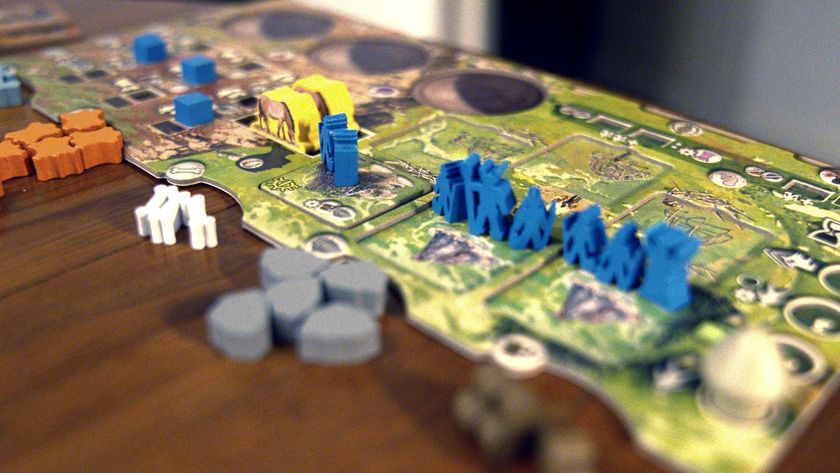


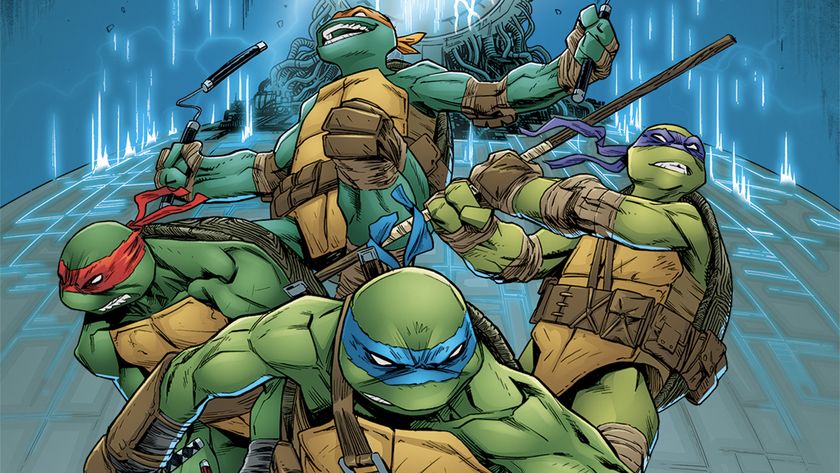
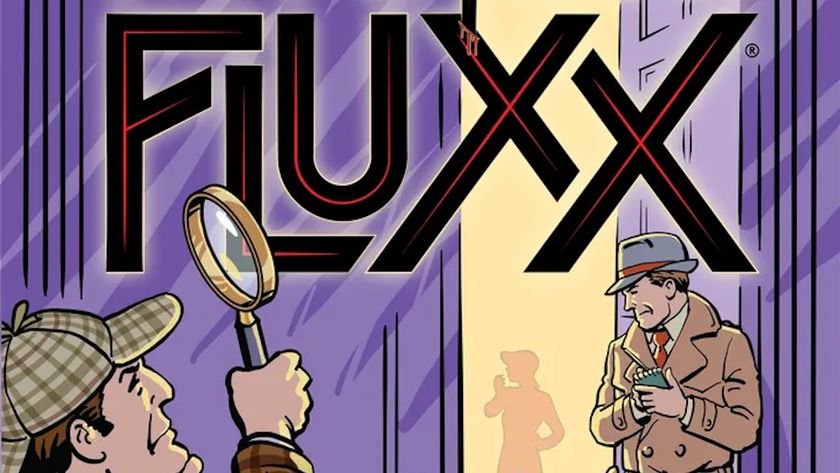

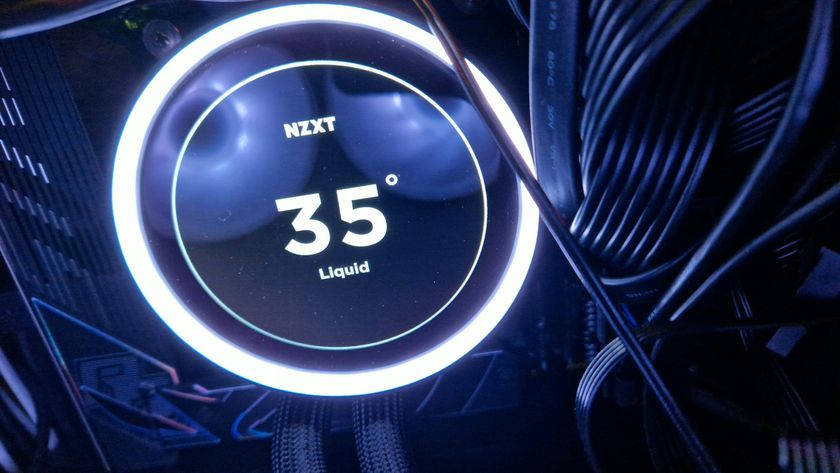






Balatro creator started "properly playing the game myself about a week before launch" and had "a pretty emotional moment" where he realized it's "actually fun"

Hideo Kojima reveals Death Stranding 2: On the Beach release date, and the Collector's Edition includes exactly what I predicted it would

Kingmakers is a strategy game about taking on medieval armies with a gun, but its devs thought the giant mech was too much





